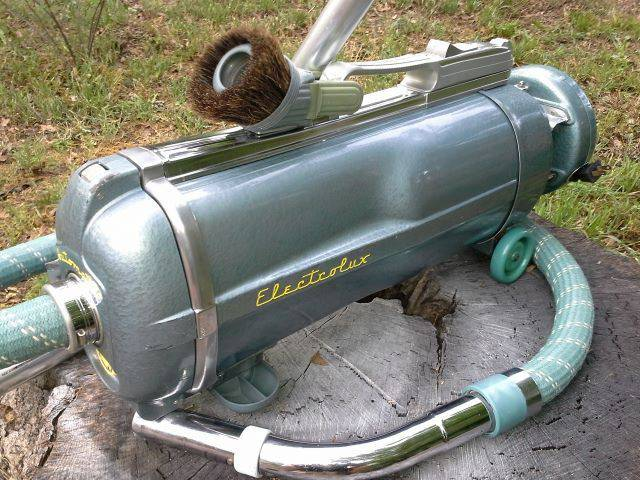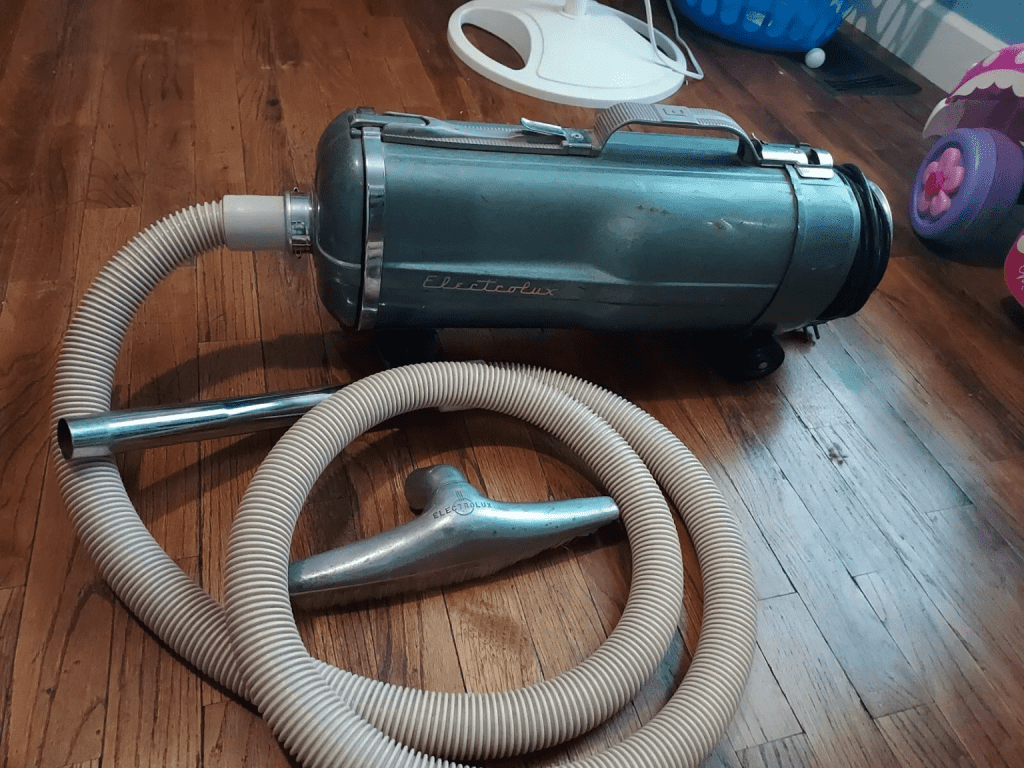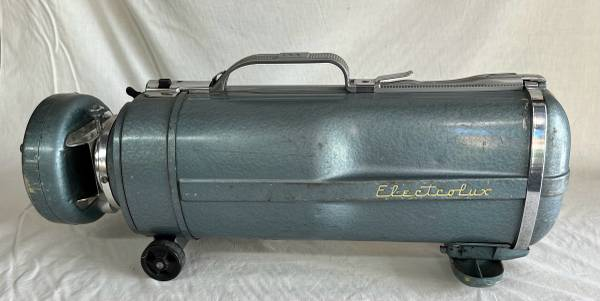Vacuum cleaners have revolutionized household cleaning since their inception. These devices, designed to use suction to remove dirt and debris from floors and carpets, have evolved significantly over the years. From manual, hand-cranked models to high-tech robotic versions, vacuums have transformed how we maintain cleanliness in our homes and workplaces. In this article, we’ll explore the history, types, and key developments of vacuum cleaners, revealing why they have become an indispensable part of modern life.

What Is a Vacuum Cleaner?
A vacuum cleaner, commonly known as a vacuum, is a device that uses suction to remove dirt and debris from floors, carpets, and upholstery. It collects this debris into a dust bag or plastic bin, which can be emptied once full. While many homes feature vacuums as essential cleaning tools, they are also used in commercial settings like offices, hospitals, and hotels.
The Early Years: From Manual Sweepers to Mechanical Suction
The origins of the vacuum cleaner can be traced back to the 1860s, evolving from the carpet sweeper. Early vacuum models were hand-powered, bulky, and required significant effort to operate.
- The First Manual Vacuum Cleaner: In 1860, Daniel Hess of Iowa introduced a “carpet sweeper” that used rotating brushes and bellows to create suction. It was one of the first devices to use suction as part of the cleaning process.
- Ives McGaffey’s Whirlwind (1868): This early design used a belt-driven fan to create suction, but it was still powered by hand. While it faced commercial challenges due to its awkward operation, it laid the groundwork for further innovation.
- Melville Bissell’s Carpet Sweeper (1876): Bissell’s design focused on efficient brush mechanics. Although primarily a sweeper, the Bissell Company later introduced vacuum cleaners that followed the same principle of debris removal through suction.
The Advent of Powered Vacuum Cleaners: Breaking New Ground
By the late 19th century, inventors sought ways to power vacuums more efficiently. The introduction of electricity and internal combustion engines allowed for motorized vacuums that could generate stronger suction.
- John Thurman’s Pneumatic Carpet Renovator (1898): Thurman’s design, powered by an internal combustion engine, was one of the earliest machines to use air to blow dust into a receptacle. While it was not a true vacuum cleaner, it marked an important step in the development of powered cleaning devices.
- Hubert Cecil Booth’s Puffing Billy (1901): British engineer Booth introduced the first true vacuum cleaner that used suction alone to remove dirt. His horse-drawn machine, powered by a combustion engine, relied on suction and was initially used for commercial cleaning services.

The Rise of Domestic Vacuum Cleaners: Bringing Convenience Home
The early 20th century saw the creation of portable vacuums that catered to the domestic market. This era marked a significant shift from bulky commercial machines to home-friendly models.
- Walter Griffiths’ Portable Vacuum (1905): Griffiths’ design was one of the first portable vacuums aimed at homeowners. It was hand-operated, compact, and could be stored easily. It featured a flexible hose and a variety of nozzles, making it versatile for different cleaning needs.
- James B. Kirby’s Domestic Cyclone (1906): Kirby’s innovative design used water for dirt separation, a concept that would later be adapted into the Kirby vacuum cleaner line, which remains popular today.
- James Murray Spangler’s Electric Suction Sweeper (1907): Spangler, a janitor in Ohio, invented the first portable electric vacuum cleaner. His design, which included a rotating brush, an electric fan, and a dust bag, laid the foundation for modern vacuum cleaners. Spangler sold his patent to William Henry Hoover, who improved the design and established the Hoover Company, a name synonymous with vacuum cleaners.
Popular Models and Innovations: Vacuums for Every Need
Over the decades, vacuum cleaner designs diversified to cater to different cleaning needs, making them more user-friendly and effective.

- Upright Vacuums: These vacuums feature a rotating brush and a motorized head, making them ideal for deep cleaning carpets. Upright models, such as the Hoover Model O (introduced in 1908), became a popular choice for households due to their strong suction and convenience.
- Canister Vacuums: Introduced in the early 20th century, canister vacuums separate the motor and the dust bag from the cleaning head, making them more versatile for cleaning under furniture and on stairs.
- Stick Vacuums: Stick vacuums emerged as lightweight, compact alternatives to traditional models. They are easy to maneuver and perfect for quick clean-ups, especially in small spaces.
- Handheld Vacuums: These small, portable vacuums became popular for spot cleaning. Ideal for upholstery, car interiors, and small spills, handheld vacuums offer quick solutions for targeted messes.
- Robotic Vacuums: With the rise of computer technology, robotic vacuums like the Electrolux Trilobite and the iRobot Roomba have become household favorites. These autonomous cleaners navigate rooms and vacuum floors with minimal human intervention, showcasing the modern shift toward smart home devices.
Key Developments in Vacuum Technology: Improving Efficiency and Functionality
The vacuum cleaner’s evolution has been marked by technological innovations aimed at enhancing suction power, convenience, and energy efficiency.
- Bagless Designs: In the 1980s, bagless vacuum cleaners became popular, thanks in large part to James Dyson’s cyclonic separation technology. This design eliminated the need for disposable bags, making vacuums more eco-friendly and cost-effective.
- HEPA Filtration: High-Efficiency Particulate Air (HEPA) filters improved air quality by trapping fine dust particles and allergens. This development made vacuums more beneficial for people with allergies or respiratory conditions.
- Cordless Models: Advances in battery technology have led to powerful cordless vacuums, providing greater flexibility and ease of use. These vacuums offer excellent suction without the constraints of a power cord, making them ideal for larger homes or quick clean-ups.

Vacuum Cleaners in Commercial Settings: Essential for Large-Scale Cleaning
While vacuums are commonly used in homes, they also play a critical role in commercial cleaning.
- Industrial Vacuums: These heavy-duty machines are designed to handle large volumes of debris, making them suitable for warehouses, factories, and construction sites.
- Shop Vacs: A popular type of industrial vacuum, shop vacs can clean both solid debris and liquids. They are often used in workshops, garages, and outdoor spaces for tougher cleaning tasks.
Conclusion
The vacuum cleaner has come a long way from its humble beginnings as a manual carpet sweeper. From hand-cranked designs to state-of-the-art robotic models, vacuums have evolved to meet the changing demands of home and commercial cleaning. Today’s vacuum cleaners are more powerful, versatile, and user-friendly than ever, reflecting the continuous innovation that has defined their history. Whether you’re tackling pet hair, dust, or liquid spills, there’s a vacuum designed to make cleaning easier and more efficient. As technology continues to advance, the future of vacuum cleaners looks brighter—and perhaps even smarter—than ever before.


